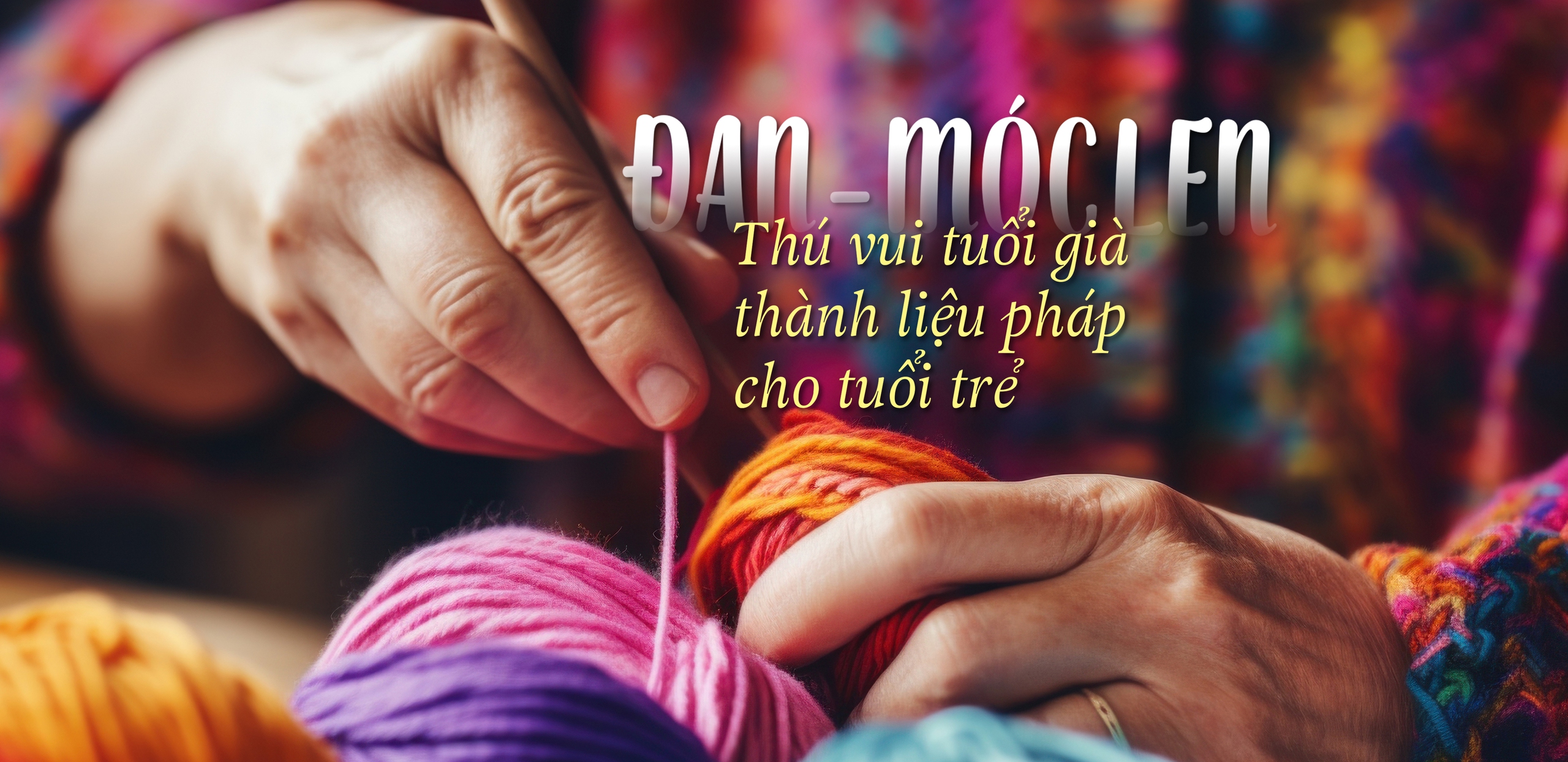
In April 2025, the trend of crocheting blankets that can be folded into colorful flower bouquets made the woolen community around the world excited to show off their skills.
The floral blanket took Ms. Anh Thu about 3 months to complete - Photo: NVCC
Although she has only been crocheting for half a year, mainly to relax after stressful working hours, Anh Thu (HCMC) still decided to try her hand when a friend sent her a video about this trend. Three months later, Thu's first floral blanket was born, receiving many compliments, and some people even offered to buy it.
According to Anh Thu, the crochet community on social networks in Vietnam is increasingly vibrant, with many groups having tens of thousands of members sharing experiences, from basic stitches to complex patterns.
TikTok has tons of detailed tutorial videos, crochet ideas, and tons of stores selling complete kits.
A TikTok channel with more than 178,000 followers is selling a beginner's combo that includes 5-10 rolls of colorful yarn, crochet hooks, cotton balls, a measuring tape, marking pins, sewing needles, and yarn scissors.
The kits cost between 60,000 and 150,000 VND, come with video tutorials, and promise that after just 7 days, learners can master the basic stitches. According to the seller, this product has reached more than 9,000 purchases.
The creative craze with wool in Vietnam is not outside the strong global comeback of knitting and crochet, especially among young people.
Research by the Creative Industries Association of America shows that 34% of current crocheters are between the ages of 18 and 34.
Young people seek the pleasures of "old people", meticulously weaving each needle and stitch to restore balance to the soul.
Eleanor Eden (Manchester, UK) cuts down on screen time to knit, sew and embroider.
“I feel like I’m a million times more productive and mentally much better,” she told The Guardian. The 24-year-old said her generation was “quite pessimistic about the situation” – struggling in a competitive job market, and probably never being able to buy a home.
In that context, balancing the gloom with a creative passion that brings a sense of accomplishment is extremely important.
Meanwhile, instead of killing time by surfing the internet and hating the world, Jonathan Lasham, a British postdoctoral researcher in Helsinki, chooses to knit every time he takes the train to work.
This way he could go to work with peace of mind and have a pair of socks he had knitted to give to friends. Lasham started knitting in 2022, when his health was not good.
Joining the knitting and sewing community also helped Lily Starkey, a biochemistry student on placement at Oxford, clear her mind and aid her recovery from a traffic accident in 2022.
“If you find yourself spending too much time on your phone, or feeling lonely, pick up a crochet hook, join a local group and find some friends,” Starkey advises.
Crocheted thermos bag is a convenient product used by many people - Photo: Nina Handmade Shop
According to National Geographic, several recent studies have shown that slow, tactile craft activities like knitting can help regulate stress while activating brain systems that support long-term neurological health by training memory, concentration, and motor function.
Crocheting - a hobby once considered for the elderly but now considered by many young people as a "therapy" for relaxation - Photo: ANH THU
In other words, regardless of age or gender, maintaining a crafting hobby that requires both hands and mind—whether knitting, woodcarving, or model building—may be one of the simplest ways to keep the brain healthy.
Many other activities, such as meditation or crossword puzzles, are good for the brain, but knitting has its own unique feature: it combines fine motor control, creative thinking, and steady hand movements at the same time.
It is this coordination that activates multiple brain systems at once.
Bilateral stimulation created when two hands alternately work activates the brain's dopamine system, which improves concentration and may slow age-related cognitive decline, according to Harvard Medical School neurology professor Alvaro Pascual-Leone.
However, unlike the sudden dopamine spikes caused by surfing the internet or eating sugar, knitting creates a slower, steadier kind of “reward.”
Activities like knitting not only use the motor and emotional systems, but also require planning, sequencing, and problem solving, thereby activating the brain's executive functions.
This synchronized engagement helps strengthen neural connections – key to maintaining flexibility and resilience in old age.
However, the real benefit is not in the knitting itself, but in the process of learning something new.
When exposed to unfamiliar activity, the brain forms new pathways and creates unique neural stimulation. Over time, the movement becomes practiced, meditative, and helps the brain relax and recover.
This cycle of challenge and mastery maintains neuroplasticity. And once you get used to it, you need to find new challenges to keep your brain trained.
The good news is that the challenge doesn't have to be too big. "The key is to pick something that your brain isn't used to and challenge it," says Pascual-Leone.
Content: NGOC DONG
Design: VO TAN
Tuoitre.vn
Source: https://tuoitre.vn/dan-moc-len-thu-vui-tuoi-gia-thanh-lieu-phap-cho-tuoi-tre-20251017135542858.htm


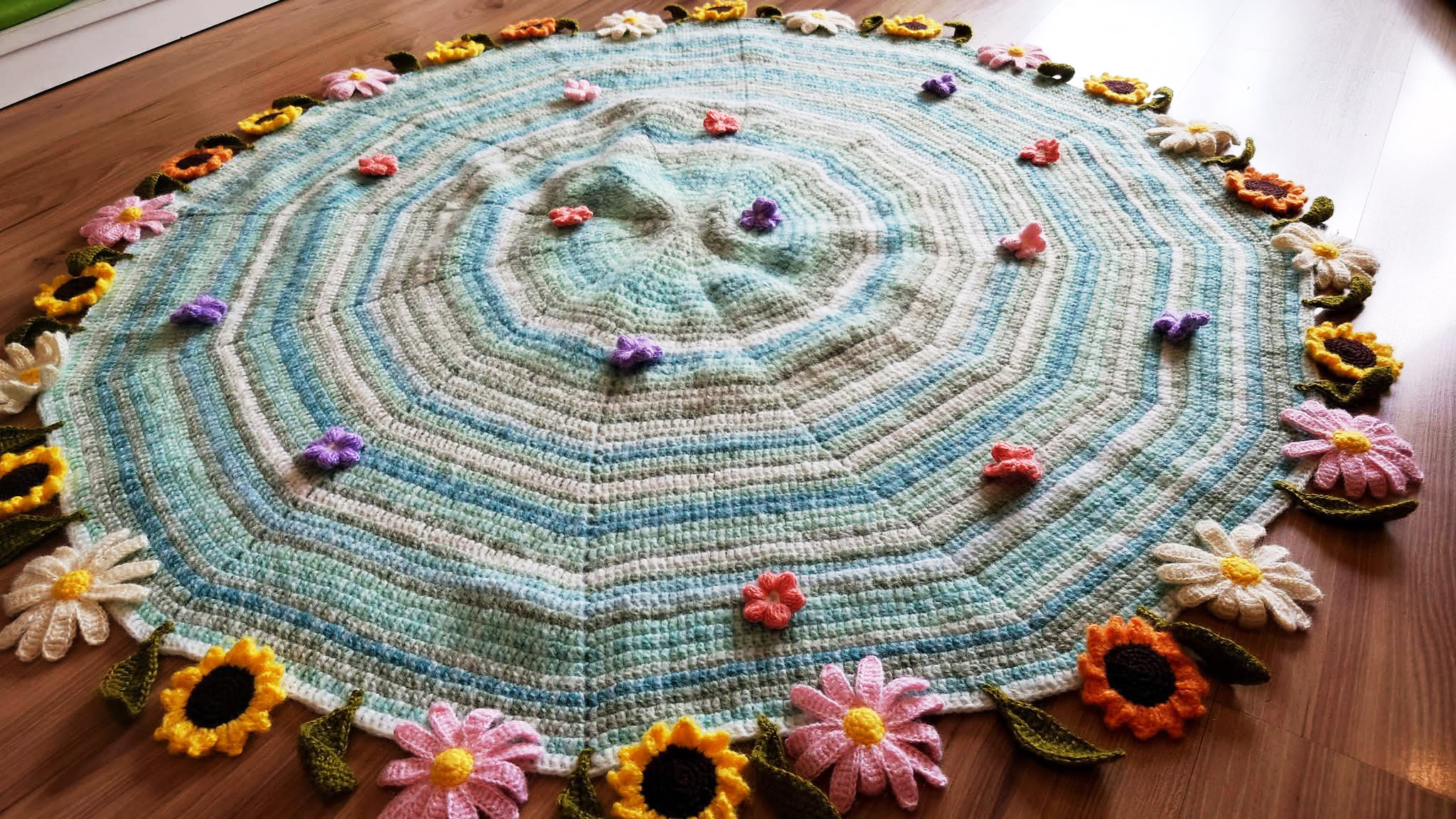
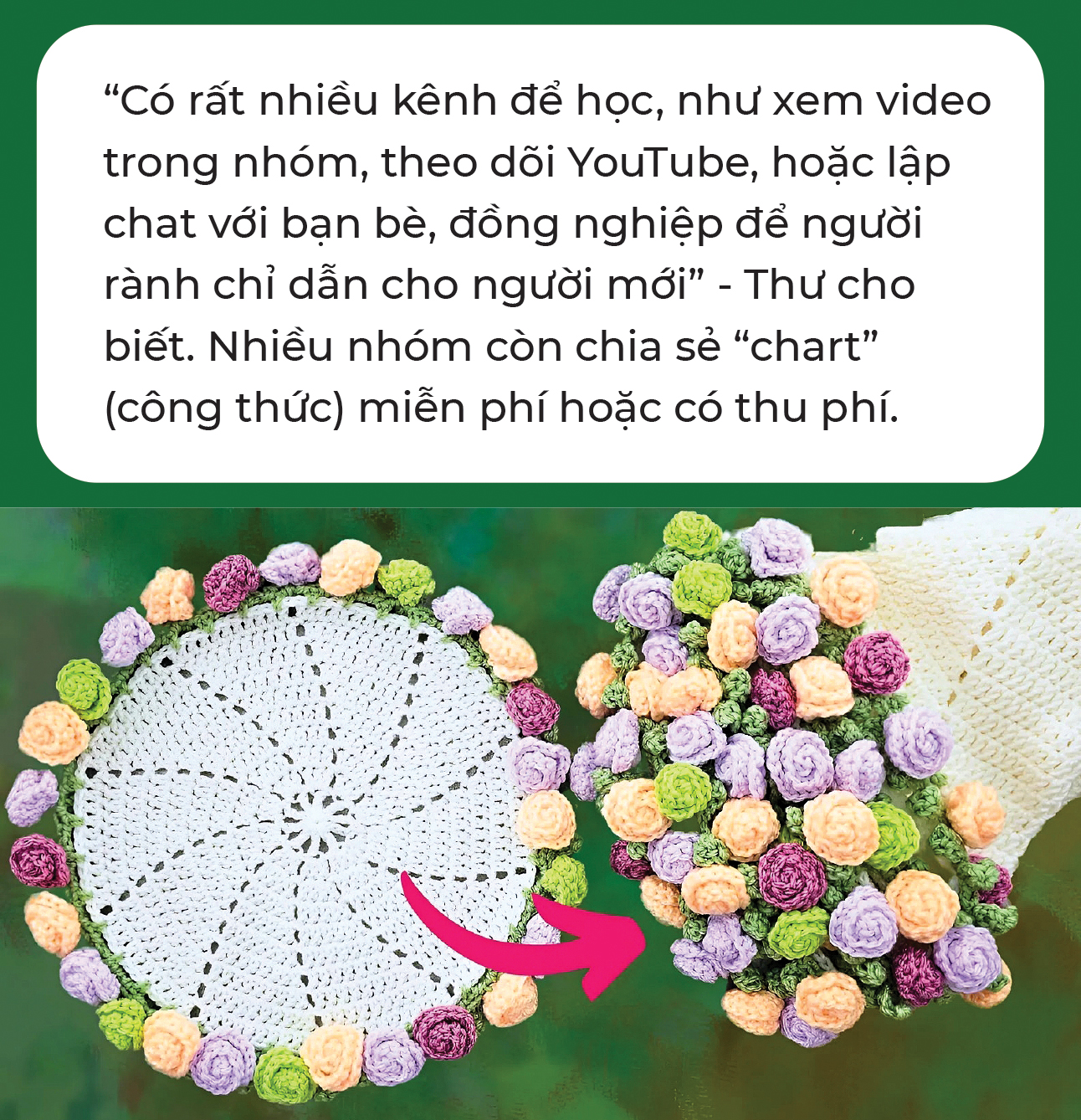
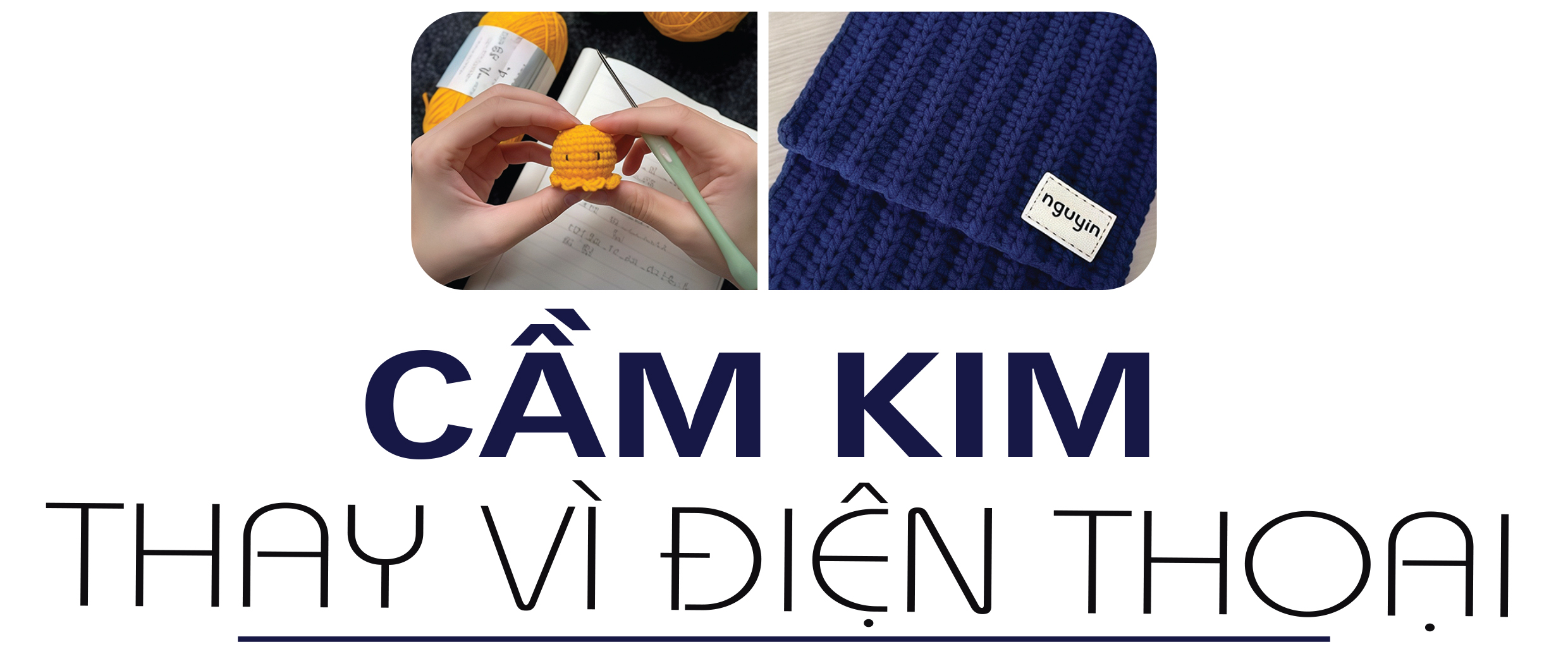
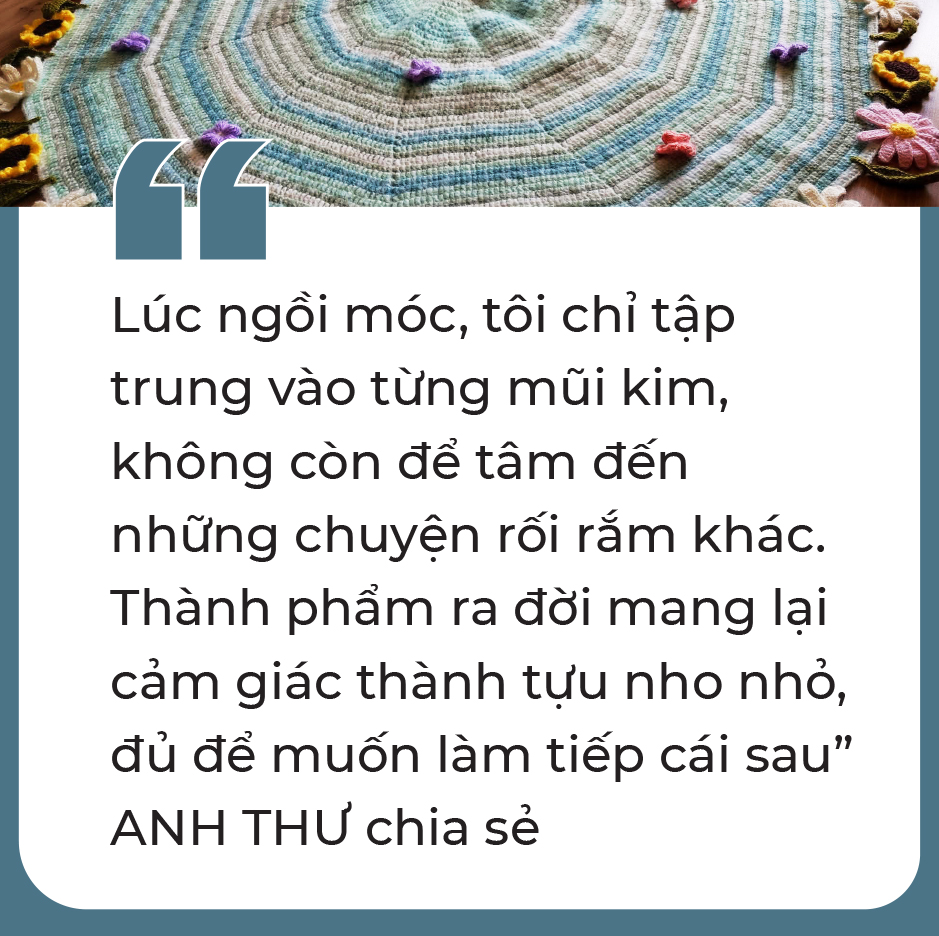
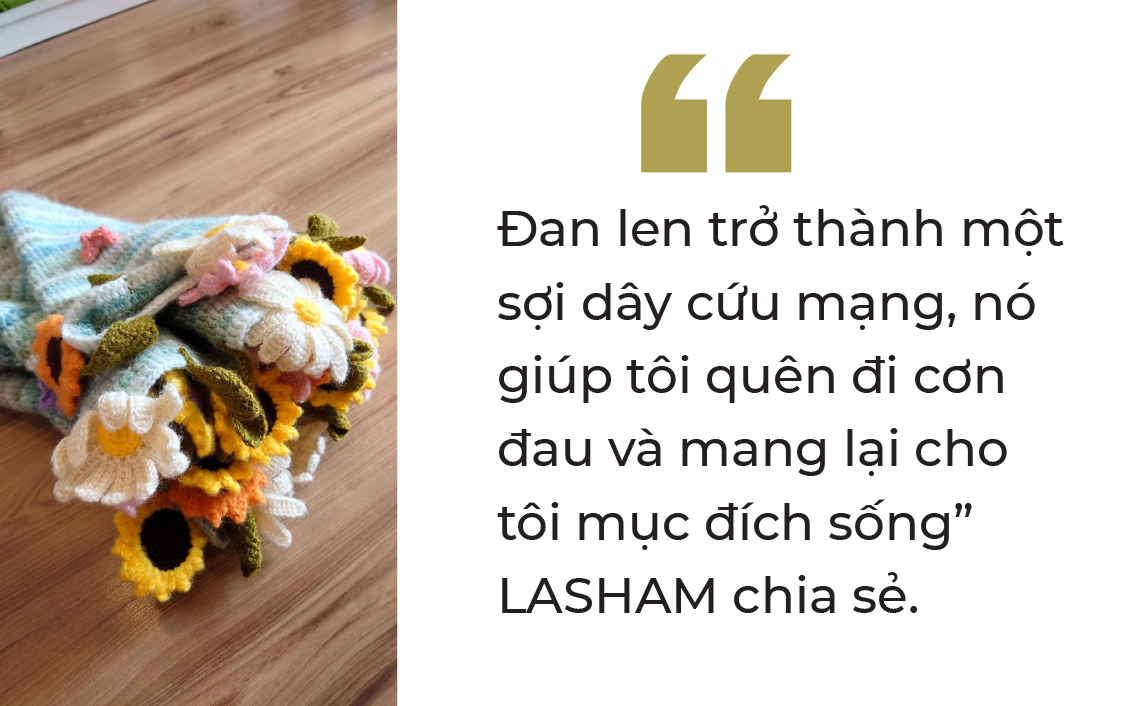
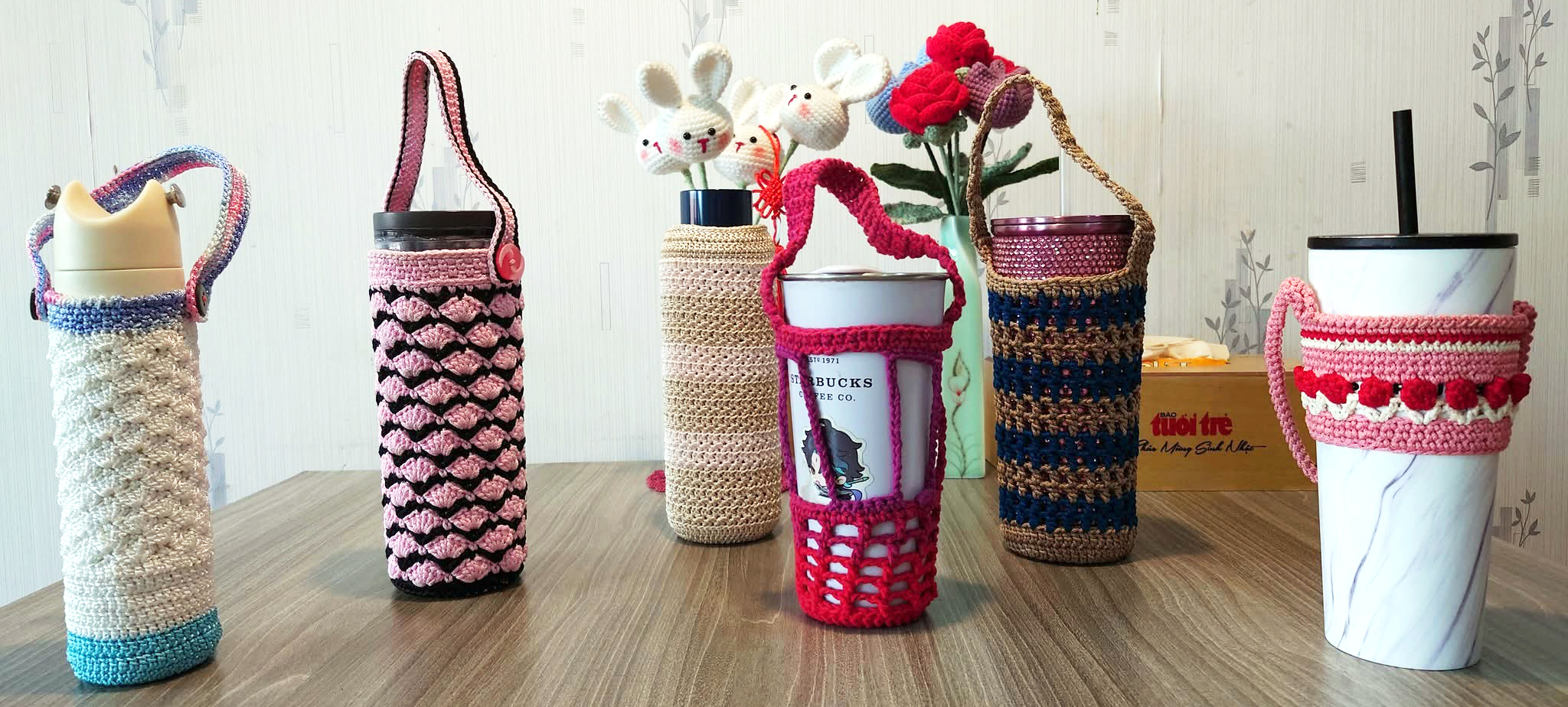
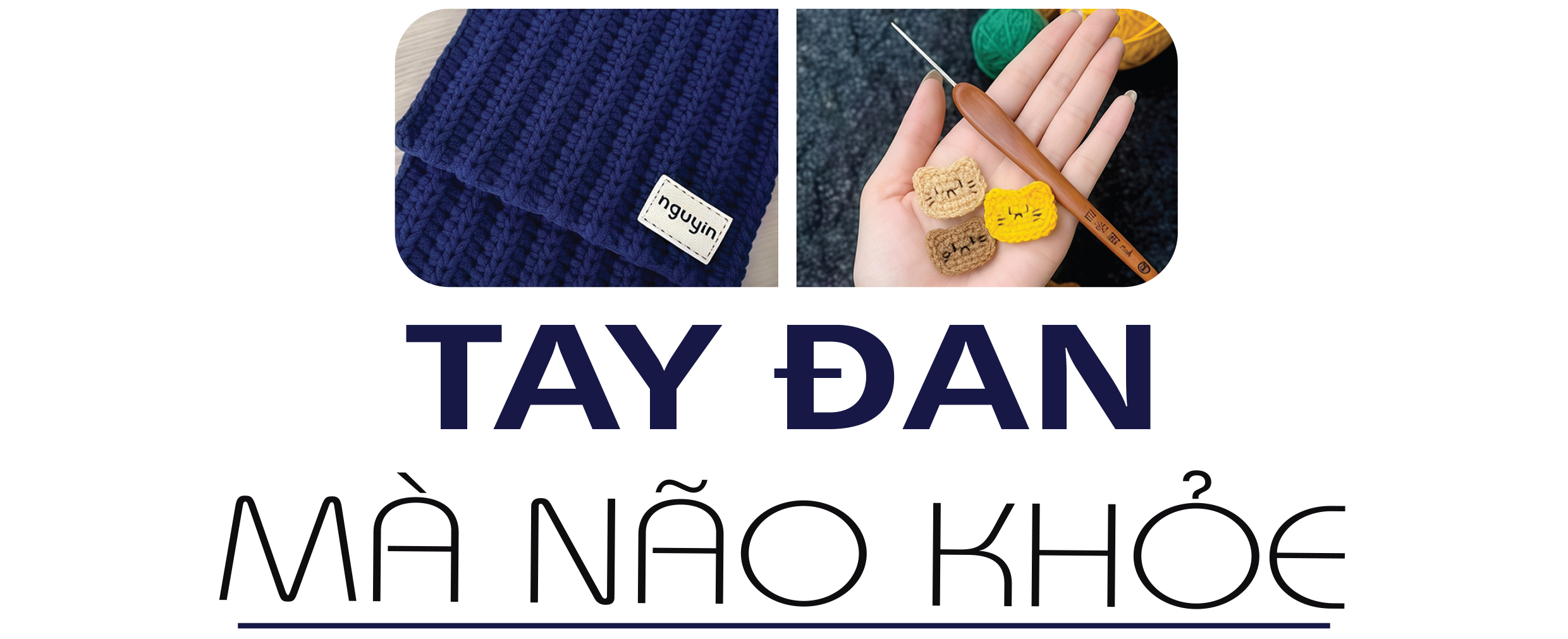
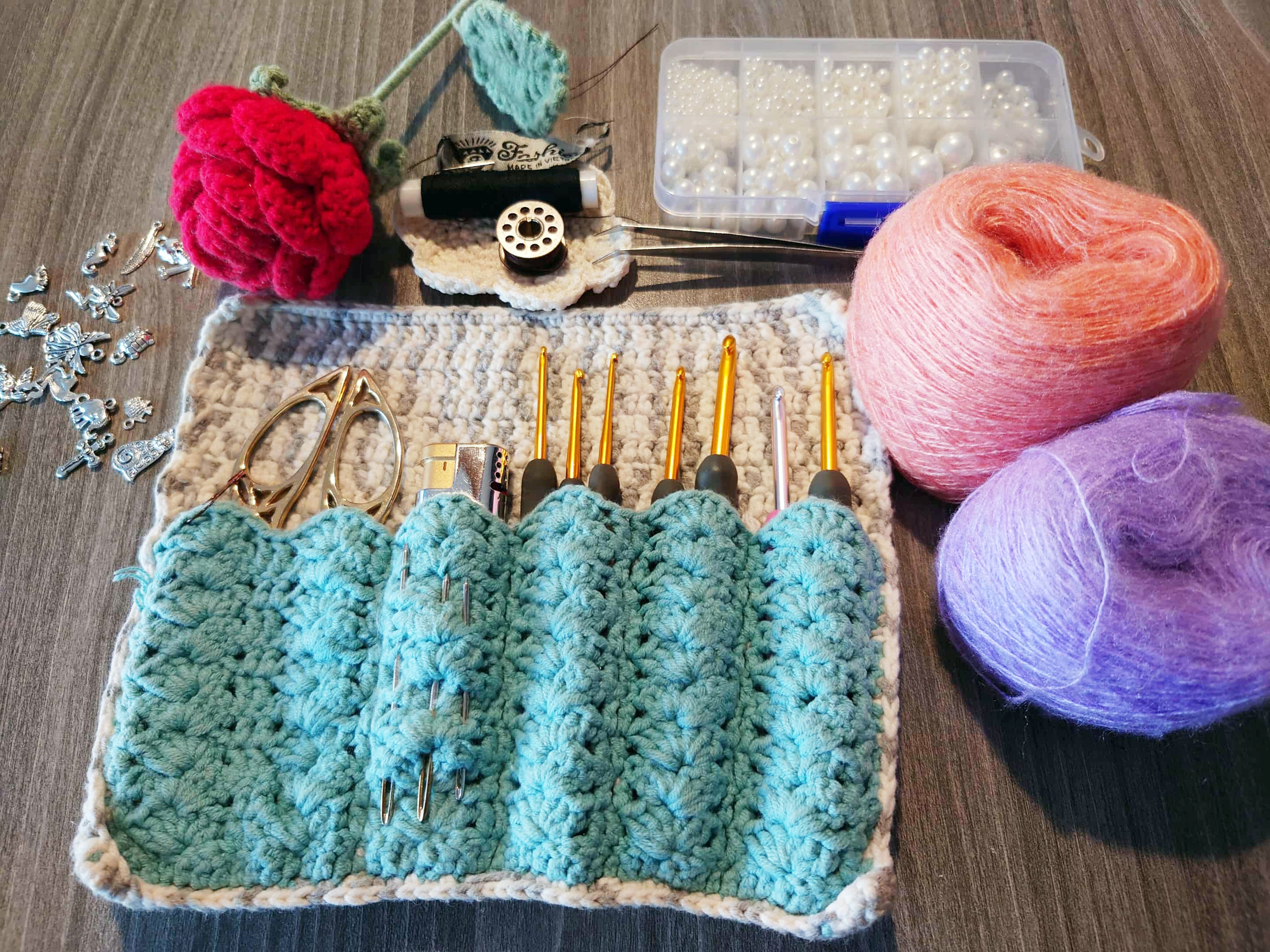
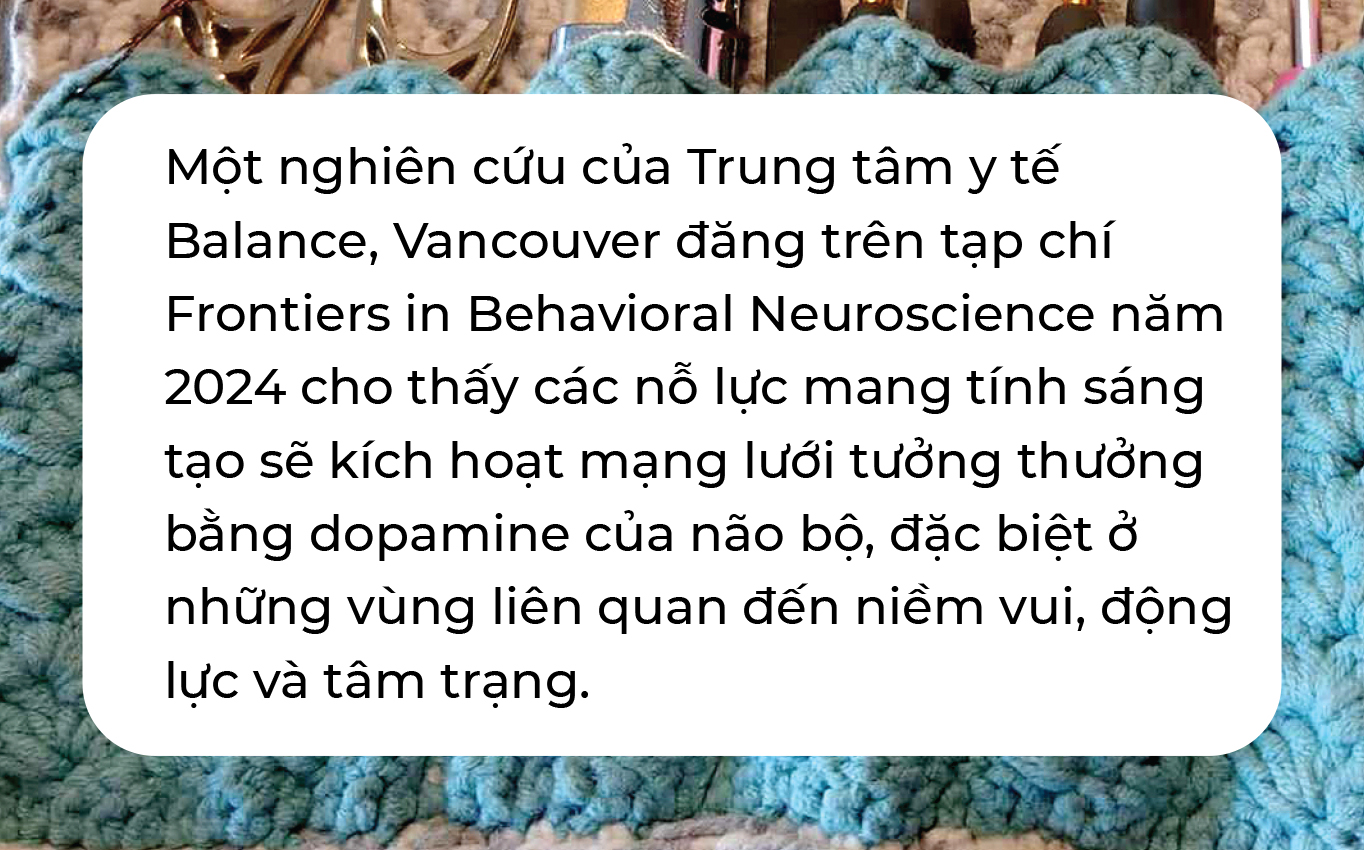

















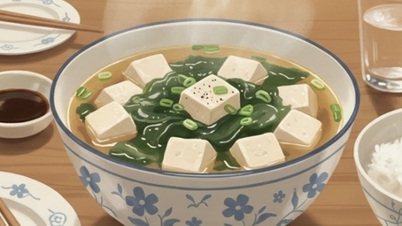




































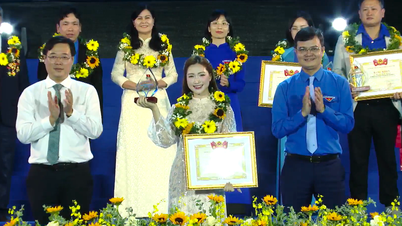




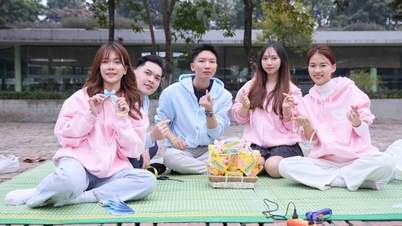




















































Comment (0)